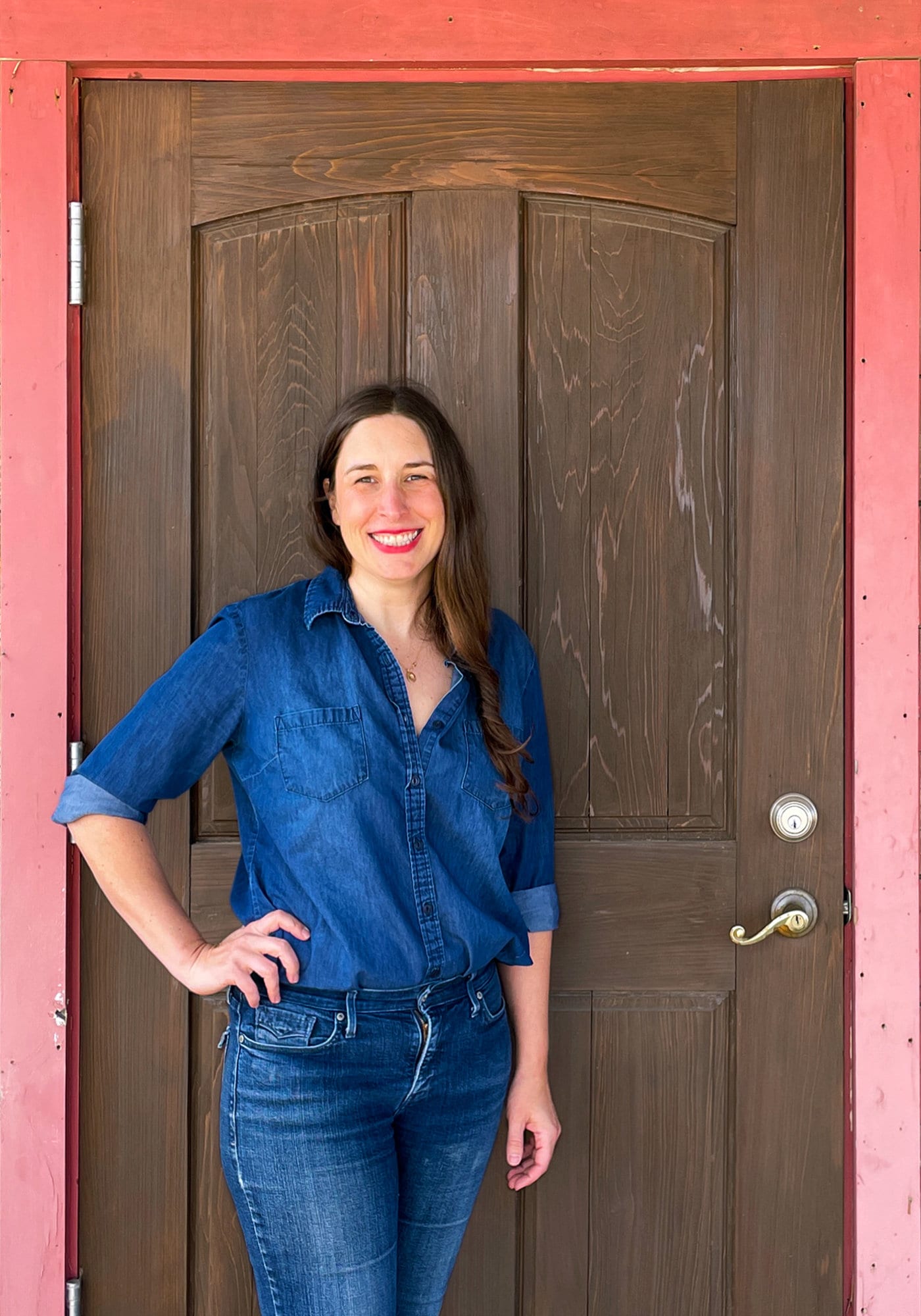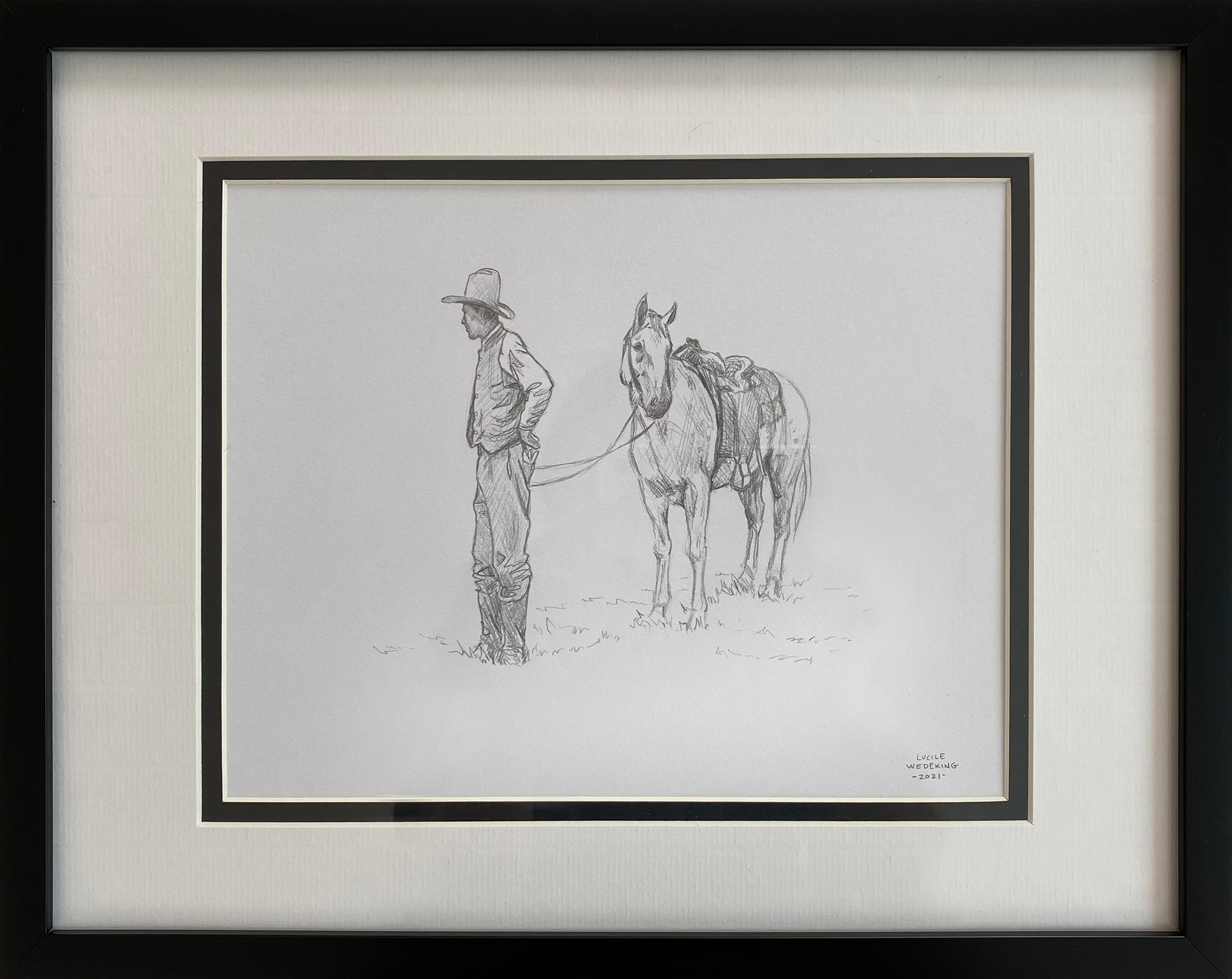Lucile Wedeking (b.1981) is a contemporary oil painter best-known for her interpretations merging the historic and new West. Her work combines a modern dreamscape of color with imagery and stories pulled from extensive archival treasure hunts.
A native Californian raised in San Francisco and Santa Barbara, Wedeking’s love of art and history led her across the country, first studying classic fundamentals of art at the Parsons School of Design in New York before working in the fashion industry there for a decade. Seeking change, she then relocated to Stamford, Texas, to work as a librarian, archivist and museum director while teaching herself to paint in oils.
“My love of painting western iconography began when I was archiving old photographs from the historic SMS Ranch” Wedeking says. “The impression of these artfully captured images have burned into the back of my mind and, over time, developed into the vivid characters we see riding out onto my canvases. It’s been a great adventure deciphering the history and tall tales surrounding these legends while exploring new space for myself in the contemporary western art world.”
A promising emerging artist, Wedeking most recently had a near sell out solo debut in 2022 with Western Gallery in Austin, Texas. That same year, she was inducted into the first group of Cowgirl Artists of America as a Founding and Signature Member. Awards include top honors receiving both the Patrons Choice and Artist’s Choice Awards for her work in the “In Rainbows” Western Gallery group show (2021), as well as Honorable Mention from the National Steinbeck Center’s “Steinbeck Country United” museum show (2020). In addition to working as a full time artist, she enjoys time outside of her studio raising Brangus cattle with her husband and family on their West Texas ranch.
Statement
When presented with an invitation to participate in After the Gold Rush, these sketches really resonated and seemed to align perfectly with the theme and mythos of the American west following Euro-American ‘settling.’
Explored within these two works are themes of colonialism, manifest destiny, and the early art of film photography that subsequently captured this era, marked by the development of the land we now call the west. I really enjoyed layering the juxtaposition of acid acrylic sunsets with fading washy sepia toned history… melding together and still developing under a desolate, drippy, and undulating horizon line.
As Neil Young wrote in the song that inspired the show’s title, “look at Mother Nature on the run”… this is the landscape of the modern west.



